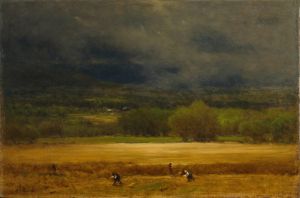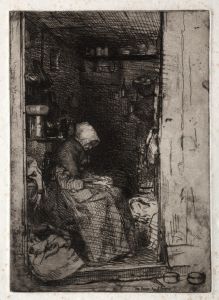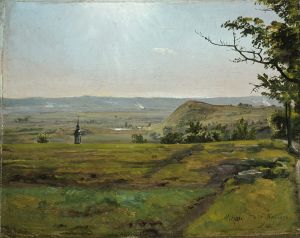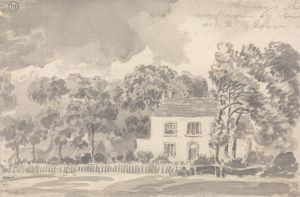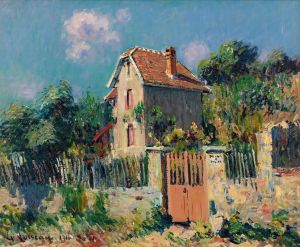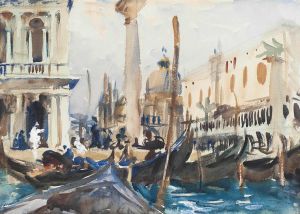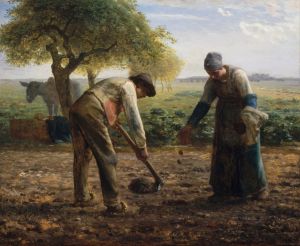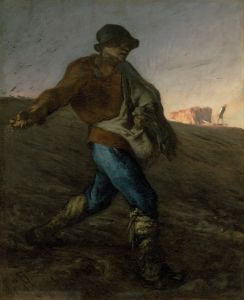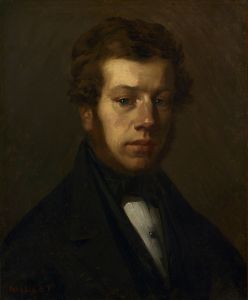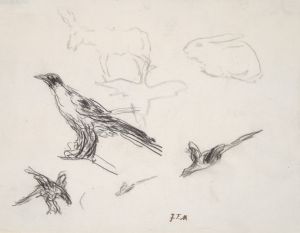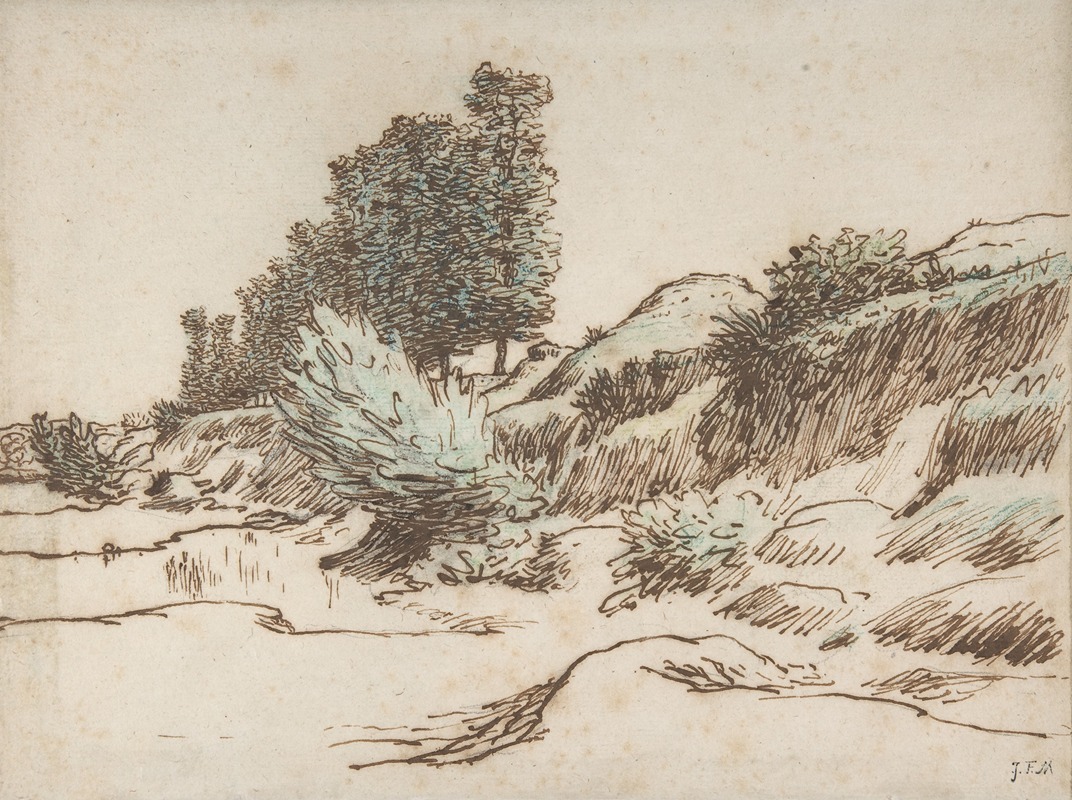
Landscape, Vichy
A hand-painted replica of Jean-François Millet’s masterpiece Landscape, Vichy, meticulously crafted by professional artists to capture the true essence of the original. Each piece is created with museum-quality canvas and rare mineral pigments, carefully painted by experienced artists with delicate brushstrokes and rich, layered colors to perfectly recreate the texture of the original artwork. Unlike machine-printed reproductions, this hand-painted version brings the painting to life, infused with the artist’s emotions and skill in every stroke. Whether for personal collection or home decoration, it instantly elevates the artistic atmosphere of any space.
"Landscape, Vichy" is a painting by the renowned French artist Jean-François Millet, who is best known for his depictions of rural life and landscapes. Millet was a prominent figure in the Barbizon School, a movement that emphasized naturalism and was a precursor to Impressionism. His works often focused on the lives of peasants and the natural environment, capturing the essence of rural France in the 19th century.
Jean-François Millet was born on October 4, 1814, in Gruchy, a small hamlet in the Normandy region of France. He was raised in a farming family, which profoundly influenced his artistic vision and subject matter. Millet's early exposure to the rural lifestyle and the landscapes of Normandy played a significant role in shaping his artistic career. He studied art in Cherbourg and later in Paris, where he was exposed to various artistic styles and movements.
"Landscape, Vichy" is one of Millet's lesser-known works, and it reflects his deep appreciation for the natural world. The painting depicts a serene landscape scene in Vichy, a town in central France known for its picturesque surroundings and thermal springs. While specific details about the painting's creation and its current location are scarce, it is consistent with Millet's broader oeuvre, which often portrayed the beauty and simplicity of rural settings.
Millet's landscapes are characterized by their attention to detail and the use of light and shadow to create depth and atmosphere. He had a unique ability to capture the mood and essence of a place, often infusing his works with a sense of tranquility and timelessness. In "Landscape, Vichy," Millet likely employed these techniques to convey the peacefulness and natural beauty of the Vichy region.
Throughout his career, Millet's work was met with mixed reactions. While some critics praised his ability to depict the dignity and hardship of rural life, others criticized his style as too rustic or simplistic. Despite this, Millet's influence on subsequent generations of artists is undeniable. His focus on everyday subjects and his naturalistic approach paved the way for later movements such as Impressionism and Realism.
Millet's legacy is evident in the works of artists like Vincent van Gogh and Claude Monet, who admired his ability to portray the natural world with honesty and sensitivity. Today, Millet is celebrated as one of the leading figures of 19th-century French art, and his paintings continue to be studied and appreciated for their artistic and historical significance.
While "Landscape, Vichy" may not be as widely recognized as some of Millet's other masterpieces, it remains an important part of his body of work. It exemplifies his dedication to capturing the essence of the French countryside and his ability to find beauty in the ordinary. Through his landscapes, Millet invites viewers to appreciate the simple yet profound connection between humanity and nature.





